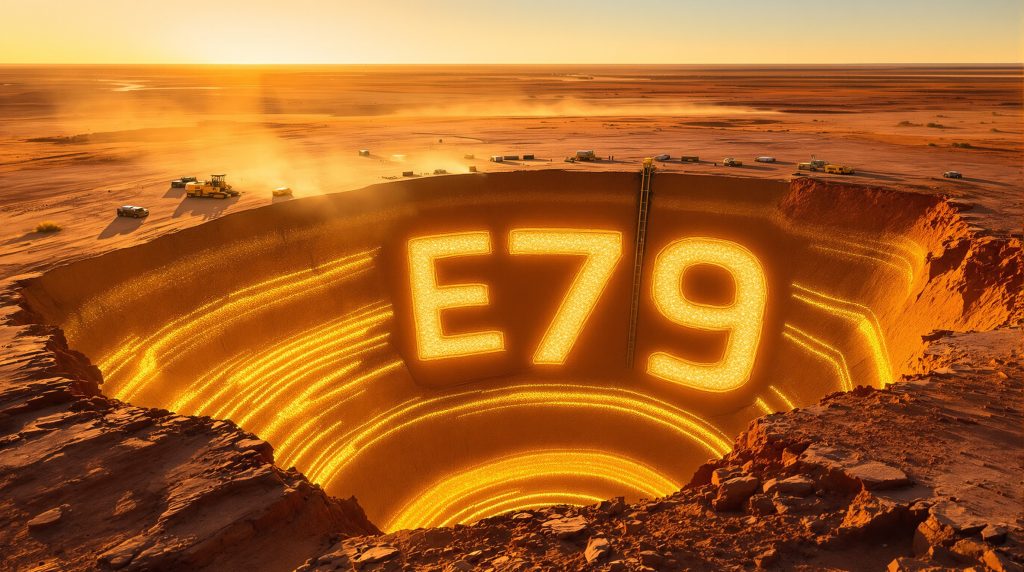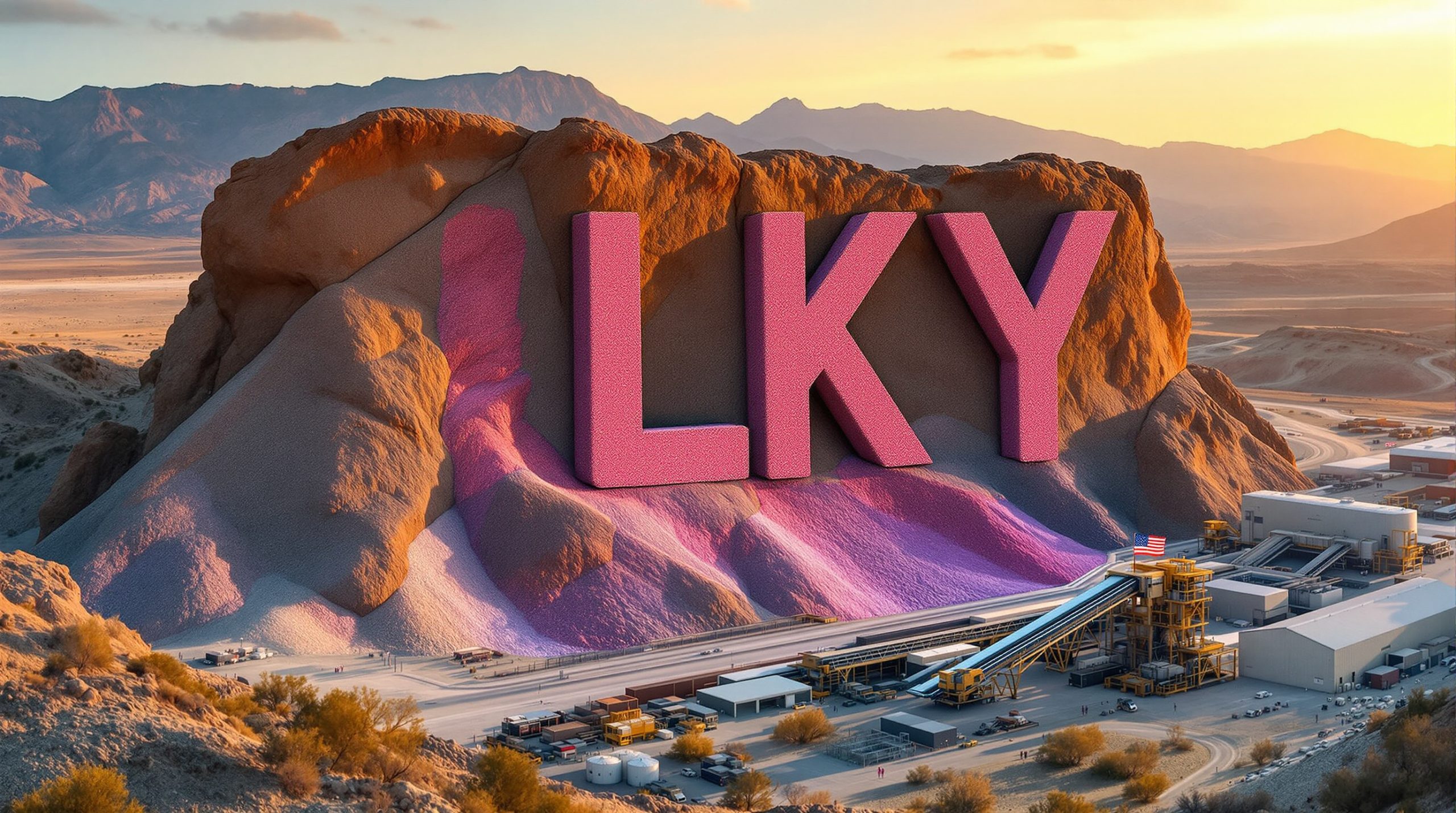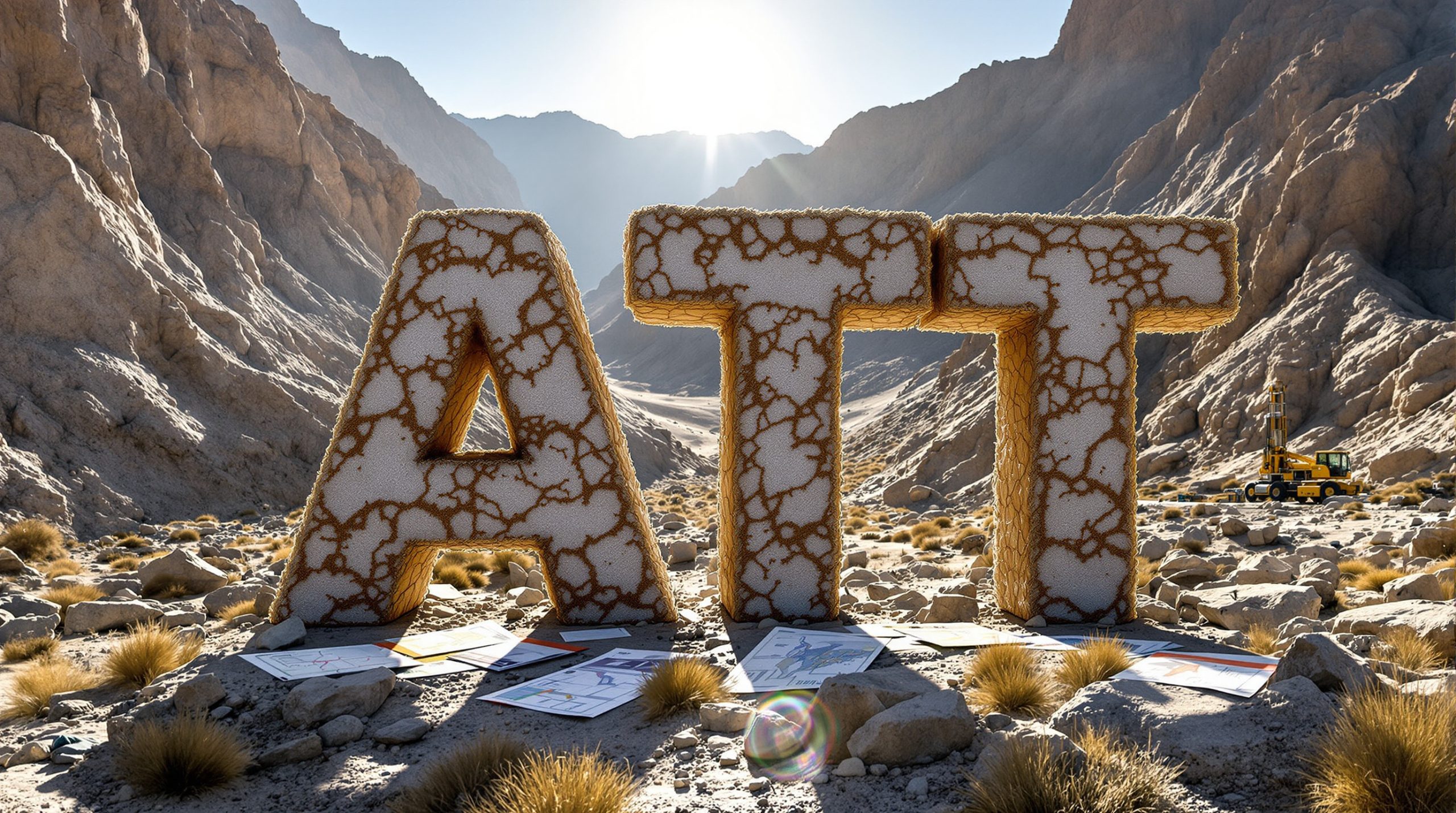E79 Gold Strikes Significant Gold at Laverton South's T14 Prospect
E79 Gold Mines Limited has announced promising gold intercepts from its reconnaissance aircore drilling program at the emerging T14 South gold prospect within its Laverton South Gold Project in Western Australia.
Key Drilling Results Highlight T14 South's Potential
Recent drilling has yielded highly significant gold intercepts at the T14 South prospect, including:
- 8m @ 0.46g/t Au from 48m in hole 25LRAC133 (upper sandy channel)
- 8m @ 0.82g/t Au from 80m in the same hole, including 4m @ 1.57g/t Au from 80m depth
- 15m @ 0.38g/t Au from 80m to end of hole in 25LRAC126, with the final 3 meters at 0.44g/t Au in weathered bedrock
These results are particularly significant given the broad reconnaissance nature of the drilling, which was conducted on 200m-spaced lines with 80m spacing between holes.
"The best results were received from drilling at the emerging T14 South gold prospect – an area of structural complexity within an interpreted host unit that extends south from Kalgoorlie Gold Mining's (KalGold) Kirgella's Gift gold deposit," said E79 Gold CEO Ned Summerhayes.
Strategic Position in One of World's Richest Gold Belts
The Laverton South Project covers 272km² within the Laverton Tectonic Zone (LTZ), which hosts more than 30 million ounces of gold across historic production, reserves and resources. This includes world-class deposits such as:
- Granny Smith (5.8Moz)
- Sunrise Dam (10.3Moz)
- Wallaby (11.8Moz)
This strategic land position gives E79 Gold exposure to one of the most productive gold regions globally, with the potential for significant discoveries.
T14 South: Following the Right Geological Trend
What makes the T14 South prospect particularly exciting is its geological setting. The area sits along the same host stratigraphy as KalGold's Kirgella's Gift gold deposit, located just 3km to the north. At Kirgella's Gift, cross-cutting faults displace the host stratigraphy and form favorable deposition sites for gold mineralisation.
Significantly, the same prospective host stratigraphy extends south into E79 Gold's tenements, with recently re-processed magnetic geophysical data clearly showing cross-cutting faults and interpreted folds – key structural features for gold deposition.
Gold Mineralisation Below Paleochannel Adds Significance
A large regional paleochannel blankets the target area, with gold anomalism identified both at the base of the sand channels and, importantly, in the weathered bedrock underneath. The presence of gold in the weathered bedrock below the paleochannel is particularly significant as it suggests potential primary gold mineralisation rather than just transported gold.
Understanding Paleochannels in Gold Exploration
Paleochannels are ancient river systems that have been buried over millions of years. In Western Australia's goldfields, these ancient waterways often contain gold that has been eroded from primary deposits and transported downstream.
For explorers, finding gold in a paleochannel can be significant, but discovering gold in the bedrock beneath the paleochannel is potentially more valuable, as it may indicate proximity to a primary gold source. This is precisely what E79 Gold Mines Ltd gold discovery at T14 South has revealed.
Paleochannels typically consist of:
- Channel Sediments: Usually quartz-rich sands and gravels that may contain transported gold
- Weathered Bedrock: The altered or weathered portion of the underlying rock formations
- Fresh Bedrock: The unaltered rock beneath the weathered zone
Gold found in the channel sediments could have been transported from elsewhere, but gold in the weathered bedrock suggests a potential local source. At T14 South, E79 Gold has intercepted gold in both environments, which increases the prospectivity of the area.
West of Lighthorse Results Also Show Promise
In addition to T14 South, E79 Gold completed drilling west of KalGold's Lighthorse gold prospect. This drilling intersected further low-level gold anomalism at similar depths as previous campaigns, with drilling in the south extending the bedrock gold anomalism to approximately 1,000m.
The anomaly is up to 160m wide, with significant results including:
- 8m @ 0.15g/t Au from 72m (25LRAC088), including 4m at 0.24g/t Au from 72m
- 12m @ 0.09g/t Au from 60m (25LRAC089), including 4m at 0.18g/t Au from 60m
While these grades are lower than those at T14 South, they demonstrate the widespread nature of gold mineralisation in the area and provide additional targets for follow-up exploration.
Next Steps for E79 Gold
The company is awaiting assay results from an additional three lines of drilling immediately south of the significant gold intercepts at T14 South, expected within the next four weeks. These results could further enhance the potential of this emerging prospect.
Additionally, E79 Gold has completed 15 aircore holes north of the West of Lighthorse prospect, testing a possible extension characterised by demagnetisation in the re-processed magnetics located on the western edge of a gravity high. Assays from this drilling are also expected within four weeks.
These pending results will help guide the company's future exploration efforts, potentially leading to more targeted and deeper drilling to test the extent and continuity of the identified gold mineralisation.
Why Investors Should Follow E79 Gold
With a market capitalisation of just $3.96 million and $2.11 million in cash (as of June 30, 2025), E79 Gold appears well-positioned to continue exploration at its promising prospects. The company's focus on the highly prospective Laverton Tectonic Zone, combined with its early exploration success at T14 South, presents an opportunity for investors interested in junior gold explorers.
The company's motto – "Money in the ground" – reflects its commitment to focused exploration, with activities currently centred on near-term discovery opportunities at the Laverton South Gold Project in WA and the Mountain Home Cu-Au-Bi Project in the Northern Territory.
For investors tracking the junior gold exploration sector, E79 Gold Mines Ltd gold discovery at T14 South represents a potentially significant development in an area known for multi-million-ounce gold deposits.
The Laverton Tectonic Zone: A Golden Corridor
The Laverton Tectonic Zone where E79 Gold is exploring has a remarkable history of gold production. This 250km-long structural corridor has produced more than 30 million ounces of gold, making it one of Australia's most prolific gold regions.
The area's geology is characterised by:
- Major structural features that act as conduits for mineralising fluids
- Favourable host rocks that can trap gold during deformation events
- Complex fault systems that create ideal depositional environments for gold
These geological characteristics have contributed to the formation of world-class deposits like Granny Smith, Sunrise Dam, and Wallaby – all located within the same tectonic zone as E79 Gold's Laverton South Project.
The company's early-stage exploration results at T14 South are encouraging precisely because they show similar geological settings to these major deposits, with gold mineralisation identified in both transported material and bedrock.
As E79 Gold continues its exploration efforts, investors will be watching closely for results that could indicate the discovery of another significant gold deposit in this richly endowed region.
Want to Invest in the Next Big Gold Discovery in Australia's Richest Gold Belt?
E79 Gold's promising intercepts at the T14 South prospect within the gold-rich Laverton Tectonic Zone could represent the early stages of a significant discovery. With strategic tenements in a region hosting more than 30 million ounces of gold and encouraging initial drilling results below paleochannels, E79 Gold offers potential upside for resource investors. Visit E79 Gold's website to learn more about their exploration projects and investment potential in one of Australia's most prolific gold regions.




